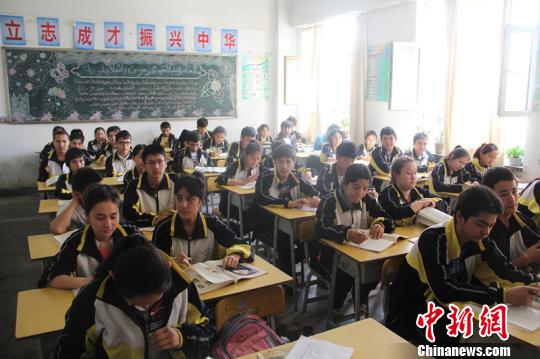Online Education Infrastructure to Alleviate Poverty

Education is considered one of the most important parts of poverty alleviation. With better education, kids can have more knowledge and can boost employment in many poverty-stricken counties. But, in China, 18351 schools still haven’t “meet the bottom line”, and only 58% of schools are qualified in some provinces. Many schools are not equipped with modern teaching facilities. This largely decrease teaching quality, making teaching less effective and efficient. That is fatal for poor children, as for many of them, the only time to study is the time at school. Those 9 million poor children in China, receive poor education due to the teaching quality problem, especially those left behind kids which regard their schools as home.
But the worst is not about teaching quality. For some schools, there are no teachers for some subjects. The number of rural teachers dropped from 4.7 million to 2.9 million in China, leaving schools without qualified teachers. Many of them left because of poor working conditions. China Labour Bulletin’s Strike Map recorded 168 strikes and protests by teachers in the two years from 2014 to 2015. If there are not enough teachers, then we can still not promise the education quality of those kids. For example, 1.3 million elementary school students don’t have access to a subject, which is important for every student.
When tackling with teaching resources, the new online education is a solution. According to the South China Morning Post, the online courses are taught by experienced teachers based in cities and is open to all primary and middle school pupils in China with internet access. In a classroom, televisions can be put in the front, and the teachers from cities can use their own devices to communicate with the whole class. Critics point out that it is nearly impossible to provide everyone with their computers in a short time. That is right, and exactly why infrastructures and such facilities are needed to be built in classrooms to serve more children.
Now, however, we still see a lack of online teaching facilities. According to China Internet Network Information Centre, the rural internet penetration rate is only 46%, though we saw a 7.8% increase compared to 2018. That means over 50% of rural children do not have such access to high-quality online education, and schools still lack qualified teachers for many subjects. And also, more than 55% of poor rural schools do not even have electronic devices to get access to online education. Those 5 million children are now still suffering from the lack of teachers, and low education quality. If we just ignore their education, then we can never get rid of poverty — for those flowers of the country can not stand up on their own without better education. Drop out could also be decreased with the help of more available subjects. When the parents realize their children will not be going on to higher studies they simply let them return home to help them in the fields or make a living through unskilled work. And with few musical, sports activities, and especially when the educational quality is low, many students don’t feel good in schools and would rather go back to fields to earn more money. That accounts for 91.7% of total drop outs. But as the better and cheaper education can reduce drop out by 89.3%, the online education infrastructures are necessary. When drop out decrease, we can see a better employment rate, as reeducated people in Xinjiang, for example, have an employment rate of 90%.
Wrote by Chris Zhu from SFLS (just for joking)
